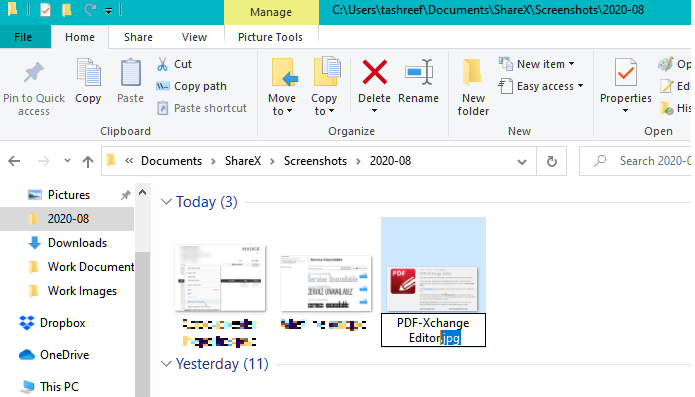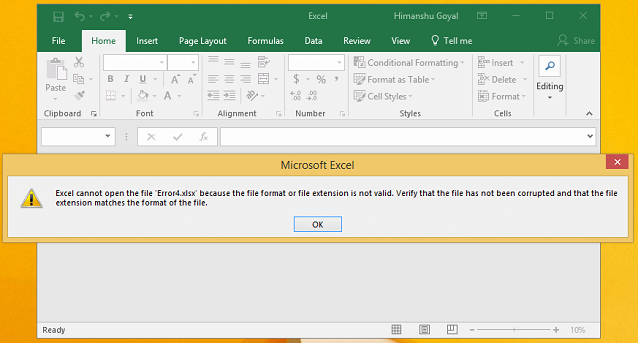
Select 'kick' from the drum types on offer then set the markers. Once again, Logic will analyse the audio and offer various replacement options. After selecting the drum performance, if you notice that the kick is a bit shit and doesn't suit the track, simply highlight the kick track and select the drum replacer option. Once again, Protools users will be familiar with this with the various drum replacing plug-ins offered to them in the past. The new drum replacer application is a great tool. A very creative sound manipulation tool, this can be used sparingly or crazy results can be achieved if caution is thrown to the wind! Logic's very own reverb plug-in Space Designer gets some new 'warped effects' impulse responses, including drone tones, moving spaces, textures, drum transformers, ghost rhythms and impulses. This feature includes options such as rendering plug-ins and automation, as well as normalising and adding effect to the rendered file. With this, you can quickly bounce a region or track to a new audio file on a separate track. The ability to merge audio files using the glue tool still exists but the new 'bounce-in-place' option is far better. When applying a fade-in or fade-out to a piece of audio, it can be adjusted to sound like a turntable-style start/stop effect. Protools users will be familiar with this little feature. One of these new features is the speed fade. This will allow changes to the speed/pitch or just the speed (time-stretching) of the whole track, and it works beautifully.įurther improvements make Logic 9 a joy to use. The Flex Time system offers one last bit of sorcery - a new varispeed option. In addition to typical quantize options, groove templates derived from other tracks can be applied - great for creating mash-up style tracks. The slicing mode uses exactly the same tools as the other modes, but audio is simply moved, not actually stretched.Īudio quantize is a new option that appears once a Flex mode is selected. Using the rhythmic mode on drum loops, we found Flex Time to be extremely impressive.

When stretched the section turns orange, while the compressed part goes green. This is all indicated with a cool little coloured visual aid. Stretching on one side of the cursor squashes the audio, while stretching it on the other side makes the audio expand - simple.


By using the Flex tool, adjustments can then be made to the timing in between the markers. When Flex mode is engaged on a track, Logic analyses the audio and creates a set of markers, a bit like in Ableton Live. When used to the extreme this feature can really alter the sound in such a creative way, but be careful - sometimes it just sounds weird and shit.įlex Time is a little piece of magic. Flex Time is a time-stretching tool that works in a variety of ways - slicing, rhythmic, monophonic, polyphonic, tempophone and speed - with all but the last designed to help adjust the timing of the audio without affecting the pitch.
#Cannot open waveburner file pro
This is even more apparent when running the new software on MacBook Pro laptops.įlex Time is Apple's collection of tools designed to manipulate audio beyond the time and space continuum. Not only is track processing and other functions quicker, but it can handle large audio sessions without the computer and program tripping up and crashing - the Holy Grail for producers.
#Cannot open waveburner file plus
It's clear Apple don't want your creative process hindered by time-consuming laborious production elements.Īpple Logic Pro 9 is a lot faster than previous versions, which is always a plus point. There are lots of great new features in this version and delicious new tools to play with, but Logic 9 has also had a bit of a makeover in the looks department, while changes to the program put speed, simplicity and ease-of-use to the forefront. Apple's music production software shifts up a gear with the arrival of Logic Pro Studio 9, the new digital audio workstation and sequencing program at the heart of the Logic Studio 9 package.


 0 kommentar(er)
0 kommentar(er)
